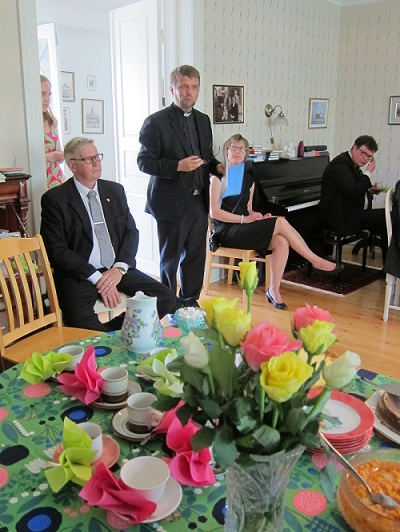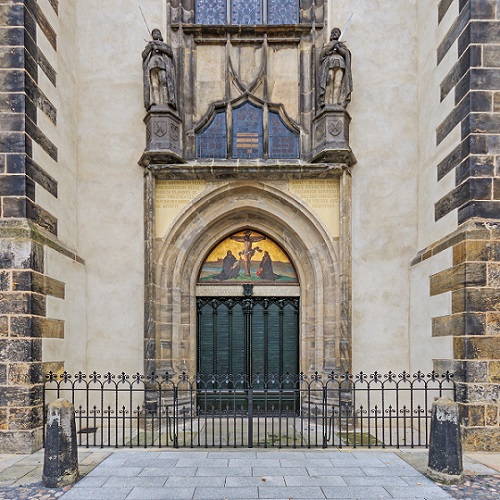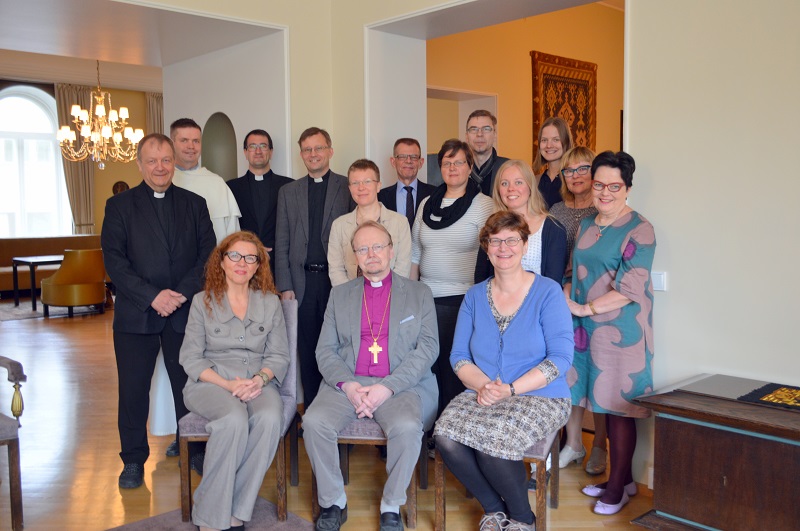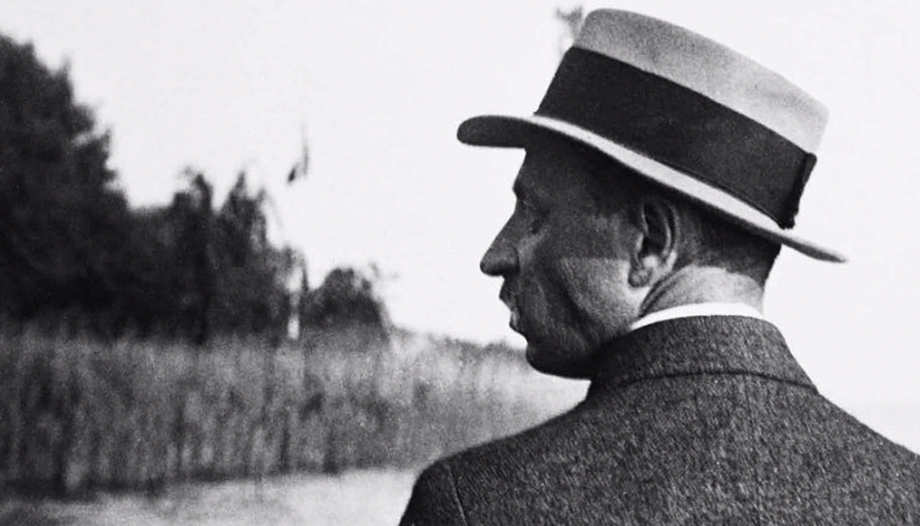Ahead of the upcoming Assembly of the Synod of Bishops, scheduled for October 2018, PALABRA has interviewed the Secretary General of the Synod, Cardinal Lorenzo Baldisseri, to learn firsthand how the organizational machinery is going. The topic will be. "Young people, faith and vocational discernment.". In this way, the Church "listens to the voice, sensitivity and faith of young people".
–Giovanni Tridente, Rome
A lover of classical music and an accomplished pianist, Cardinal Lorenzo Baldisseri welcomes us on the second floor of the Bramante Palace, in Via della Conciliazione 34, where the General Secretariat of the Synod of Bishops has its headquarters. We are accompanied during the interview by a grand piano, on which the Cardinal will play a pleasant composition in honor of Our Lady before taking his leave.
Born in San Pietro in Campo, Tuscany, he has been a priest since 1963 and a bishop since 1992. Before moving to Rome, he worked for 39 years in various Nunciatures on four continents: from Haiti to India and from Japan to Paraguay, passing through Paris.
As Secretary of the College of Cardinals, he closely followed the work of the General Congregations of the last pre-conclave. On the day of Pope Francis' election to the papal throne, he placed his cardinal's lapel on Lorenzo Baldisseri's head, as if advocating his immediate creation as a cardinal, which was confirmed in 2014, when he had already assumed the guidance of the General Secretariat of the Synod of Bishops.
In this interview for Palabra, he gives a preview of some of the features of the upcoming Synod on Youth.
Your Eminence, tell us a little about yourself. We know, for example, of your passion for the piano and for classical music...
-Music has always accompanied me throughout my life. It is a passion that I have cultivated since I was young, and then during my seminary years in Pisa. During the five years I was a parish priest, I enrolled at the conservatory to perfect my piano studies. I then moved to Rome, where I completed my studies in law, theology and music.
Finally, I studied at the Pontifical Ecclesiastical Academy. From that moment on, on the occasion of my diplomatic service, I have traveled to various places. The first stage was the Nunciature of Guatemala. I then carried out this work for 39 years before returning to Rome.
What do you remember of those years as Apostolic Nuncio in various countries: Haiti, India, Japan, Paraguay and also in Paris?
-They have been very interesting years, both from the ecclesial point of view and from the political point of view, because of the things that have happened. These years have allowed me to have a broad vision of reality and, above all, to experience a Church that is missionary in its deepest nature. By leaving Europe and traveling to other continents, I have been able to discover a Church that is truly on the frontier.
It has been, therefore, an extraordinary experience that has opened my horizons and enriched me, especially if I think about the contrast with other religions and cultures. In this, music, which is a universal language and a formidable instrument for relationships, has also helped me a lot.
In 2007 you participated in the V Latin American Episcopal Conference in Aparecida... Did you already know Archbishop Bergoglio?
-To tell the truth, I met Cardinal Bergoglio, like so many other archbishops and bishops, on that occasion, without any particular contact beyond formal greetings. I was Apostolic Nuncio in Brazil and did not have many exchanges with Argentina.
Rather, I believe that our relationship began to be consolidated during the pre-conclave phase. As Secretary of the College of Cardinals, I was in charge of assisting the Dean in directing the work of the twelve General Congregations, and the future Pontiff probably considered that I was performing that task well. When he called me to head the Secretariat of the Synod of Bishops, he referred to that experience and those organizational aspects as reasons for entrusting me with this new mission.
Let's move on to current events. After families, youth, how did the choice of the theme for the Synod of Bishops to be held in October next year come about?
-In order to arrive at the choice of the topic, we have followed what is indicated by the Ordo Synodi. After some initial indications from the Fathers who participated in the last General Assembly, we sent a letter to the Councils of the Hierarchs of the Eastern Catholic Churches, to the Episcopal Conferences, to the dicasteries of the Roman Curia and to the Unions of Superiors General to gather their opinion. The XIV Ordinary Council of the Synod was also consulted.
At the top of the list of topics that came up was that of young people. The Pope, for his part, wanted to consult the cardinals gathered in Consistory and here too there was a certain unanimity. With regard to the theme as such, it must be said that it includes all young people of every faith and culture, from 16 to 29 years of age. We want to reflect on faith; this is what we are proposing and, consequently, also on vocational discernment.
Since the last Assembly, the synodal procedure and the way in which each Father makes his contribution have been modified. Why these changes?
-The synodal experience, now in its fiftieth year, has led us to think about how to improve the development of the Assemblies, especially in the area of methodology. We have therefore adopted a dynamic more appropriate to participation and listening. We also consider the preparatory phase to be fundamental, and for this reason we ask the Episcopal Conferences to work on the transmission of the theme on the ground, in an immediate and participative way, and not as something rather optional.
In a word, we wanted the discussion to directly involve the greatest number of people in the parishes and in the various aggregations of the faithful. It was necessary, in short, to overcome the danger of the consultation losing its significance among the countless other activities that take place in a diocese.
This time Pope Francis has written a letter to young people in his own handwriting. A novelty...
-Yes, I would say it was a very nice decision on the part of the Pope. Francis wanted to write a letter in his own handwriting so that young people would feel encouraged and accompanied by their common father. In this way the Pontiff captures the esteem of young people and shows that he is present from the beginning in the synodal journey that we have just embarked upon. He exhorts young people to participate actively, because the Synod is for them and for the whole Church, and he listens to the voice, the sensitivity, the faith and also the doubts and criticisms of young people.
Previously, the so-called "questionnaire" had been introduced in the preparatory phase. What is the usefulness of this instrument?
-First of all, the questionnaire allows us to summarize in questions the content of the Document and from there to have an immediate reaction to what the text itself asks for. I would insist that it is an integral part and not a simple appendix to the Document.
The elements that emerge from the responses will be used for the drafting of the Instrumentum LaborisThe text is then given to the Synod Fathers before the Assembly. Since the times demand it, we have also set up a web page on the Internet to consult directly with young people about their expectations in life. They themselves will be able to follow the various phases of preparation for the Synod and share their reflections and experiences.
It has caused an impact that, in addition to some general questions, there is a specific part for each of the geographical areas of the planet...
-In fact, in addition to the fifteen questions proposed to everyone, indistinctly, three specific questions are added for each geographical area; and answers are requested only from those belonging to the continent in question. This is also a way of responding to the objection that we often propose texts that are too "western". It is therefore a way of broadening the horizon of the discussion.
When you look at the world of young people, what comes to mind?
-I think that young people today need to overcome their fear of the future. One has the impression that they do not follow at all that typical spontaneity that leads them to launch themselves into the adventure of life. Probably because they do not have very clear ideas. The values that we had firmly as a reference in the past are today under severe test.
Then there is also the variety of offers, so they do not know which is the right path to follow. That is why we, as the Church, want to help them to discern, to understand what the true values are and where they are to be found.
In what sense does the Church want to "listen" to young people?
-The theme of listening is fundamental. That is why Pope Francis insists so much on learning to listen, and not only to dictate or to say.
This is also, in a certain sense, the meaning of accompanying. Being with people, physically and also through the media, means establishing a dialogue. If there is an attitude of dialogue, we will certainly be more successful, because young people do not want to be guided blindly, but accept guidance only if there is this space of freedom.
It is necessary to help them because, as I said before, the maturation process has become slower, the years of decisions to choose one's own path and one's own life project have been delayed.
This is especially true in Europe, but also in other continents, because globalization means that the same concerns are being experienced all over the world. As a Church, we must be very present in these changes.
The second part of the document goes into the specifics of the topic: faith, discernment and vocation.
-Faith" is the proposal that we make, and we must explain that it is about a person, Jesus in person. Young people do not look too much at the abstract, at concepts, but they look at persons; in this way, the discourse can become attractive to them. The experience of Jesus as a person then becomes a witness for everyone.
As far as vocation is concerned, it is a question of asking how I can serve humanity. Jesus himself came and showed us the way. At this point, our proposal, confronted with the world of youth, becomes discernment.
When talking about young people, what is meant by "discernment"?
-Discernment is to ask oneself which is the path I can take in life. This path requires someone to accompany the young person and help him/her to reflect on the multiplicity of proposals, and then lead him/her to love the person of Jesus as such, choosing the path that is more in line with his/her aspiration. It should not be forgotten that the young person has received the faith through baptism, but it will become sterile if it is not nourished afterwards.
The theme of vocation is often associated today with the "consecrated" world....
-On the other hand, we want to give it a broad value. We considered it important to broaden the horizon also in the context of the previous synodal experience, which has left us with an even deeper dimension of the family. The family is a vocation, a choice of life. In the same way, we want to reflect on youth life.
It seems to me that a significant part of the Synod will be devoted to youth ministry.
-This is an important aspect, because of its specificity. The world of youth calls us to a particular challenge. There is a need to take an interest in young people through a renewed, more dynamic pastoral ministry, with creative proposals. In the third part of the Questionnaire we mentioned before, we had foreseen the modality of "sharing practices or initiatives". In this way we want to circulate knowledge of experiences, often of great interest, that are being developed in the various regions of the world, so that they can be of help to all.
How does this tour fit into the upcoming World Youth Day in Panama 2019?
-In this regard, we are working closely with the Dicastery for the Laity to combine the two preparatory processes together. From April 5 to 8, the General Secretariat will also participate in the usual International Meeting that is organized in the period between one WYD and another. On this occasion we will present the Preparatory Document and the dynamics of consultation in the particular Churches with those responsible for Youth Ministry in the Episcopal Conferences.
What are the next steps to be taken by the Synod Secretariat?
Among the more immediate activities, in September we will promote a reflection on the reality of youth in the contemporary world, on the occasion of a three-day Study Seminar to which specialists from various countries will be invited, but which on the last day will be open to all those who wish to participate. In the wake of what the Pope said in his homily on December 31, 2016, we want to question ourselves on the "debt" we owe to young people, to think about how to assume "responsibility" by planning educational itineraries, places and spaces, so that they can be truly inserted into society and thus contribute to the realization of their dreams for a more just and humane future.
From your privileged observatory in Rome, having also the possibility of sounding out so many local Churches, what is the state of the Church in the world today?
-I believe that today the Church in the world is in a state of missionary evangelization, not only because the Pope wants a "Church going out", but also because this dynamism comes from the grassroots. A missionary Church in the broadest sense of the word, which includes not only the regions known as such, but all of them in their very nature.
If we then think of the intuition of Pope Benedict XVI to institute a special dicastery for the Promotion of the New Evangelization, which refers in particular to Europe, we understand that this process has been underway for some time. Certainly, a strong impulse is given every day by Pope Francis, who does not hide the fact that as a young man he wanted to be a missionary.
What can the vitality of young churches teach us today?
-They teach us that faith is a great gift. The young Churches, confronted with other cultural and religious realities, witness to the awareness of having received a great gift, baptism, which elevates them spiritually and places them in communion with the whole Church.
This universality and this bond that they feel with the Pope and the bishops makes their faith solid and is at the same time a witness for all of us.





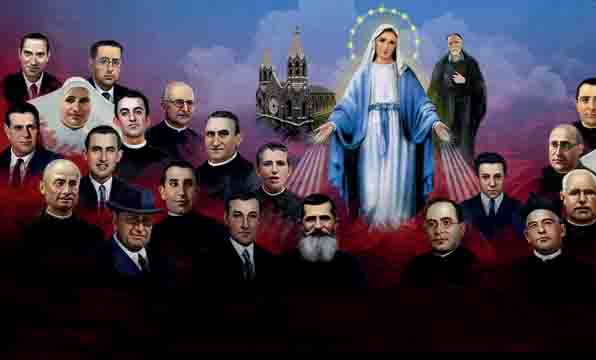





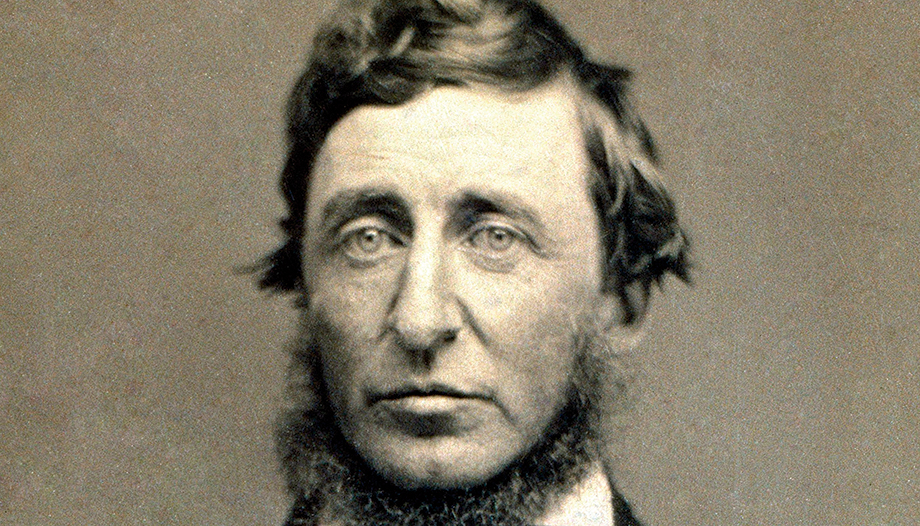
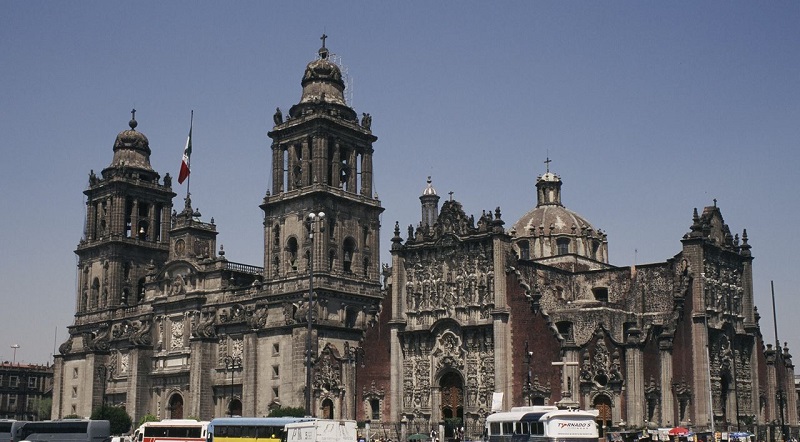
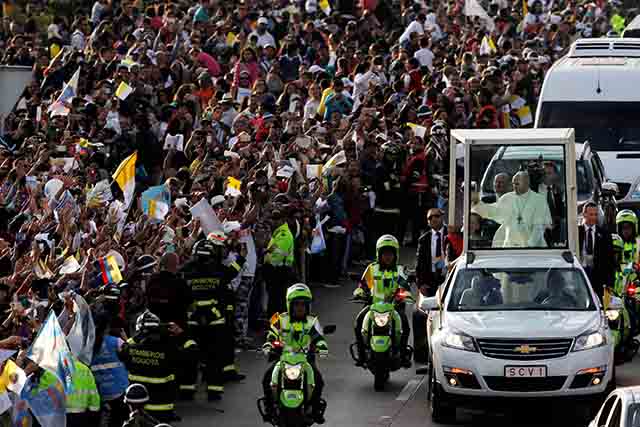
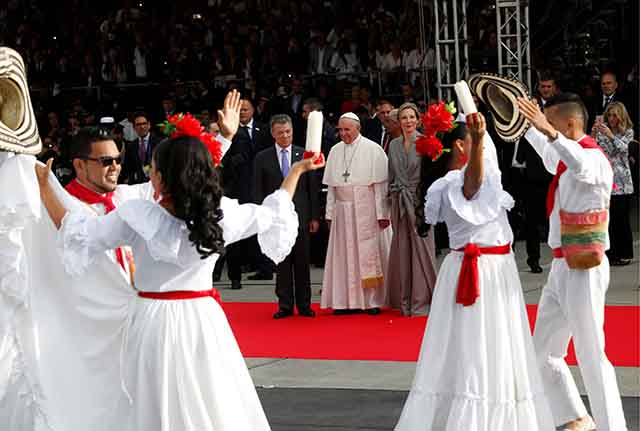

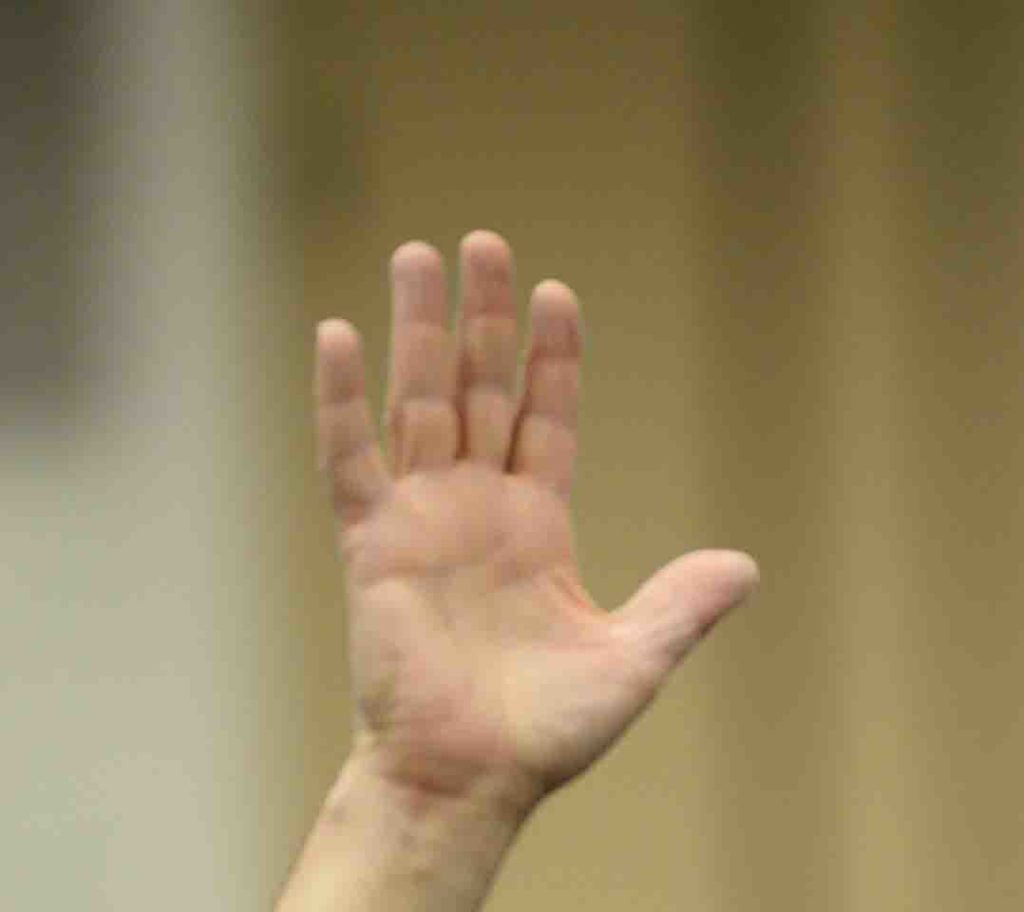




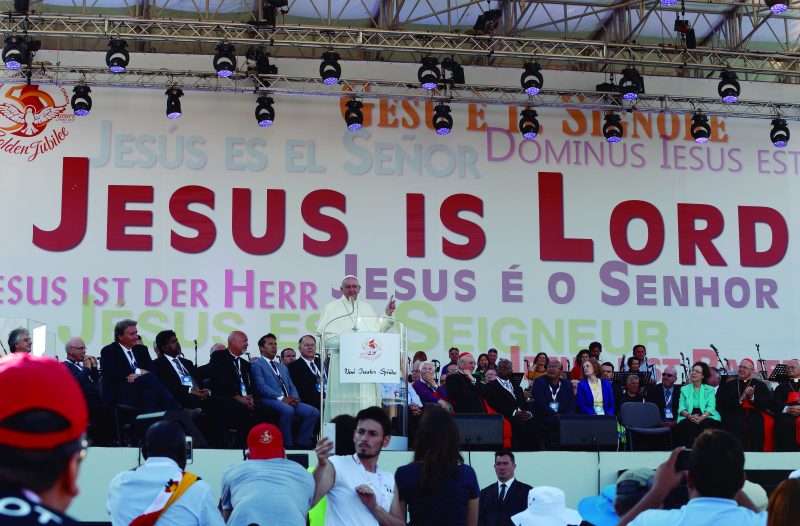

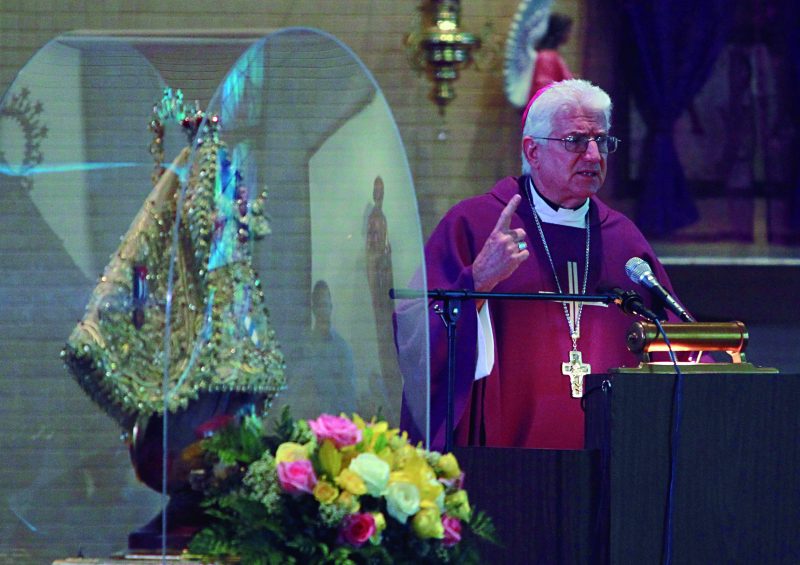
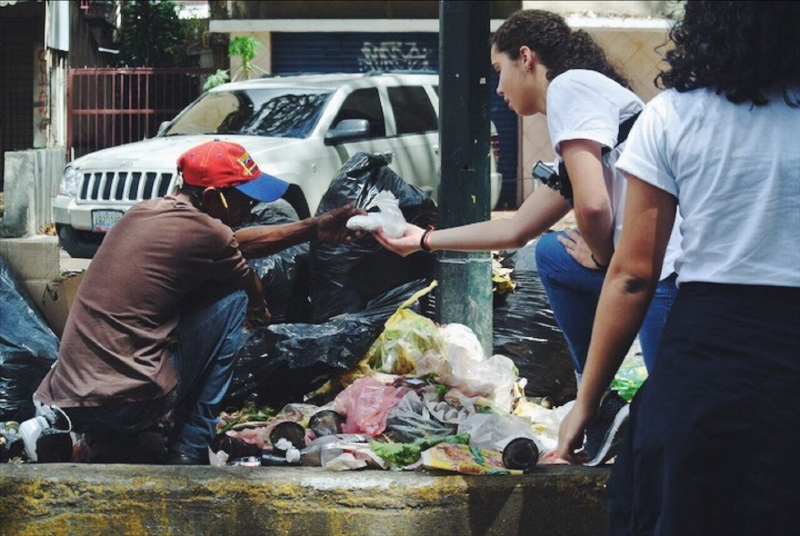
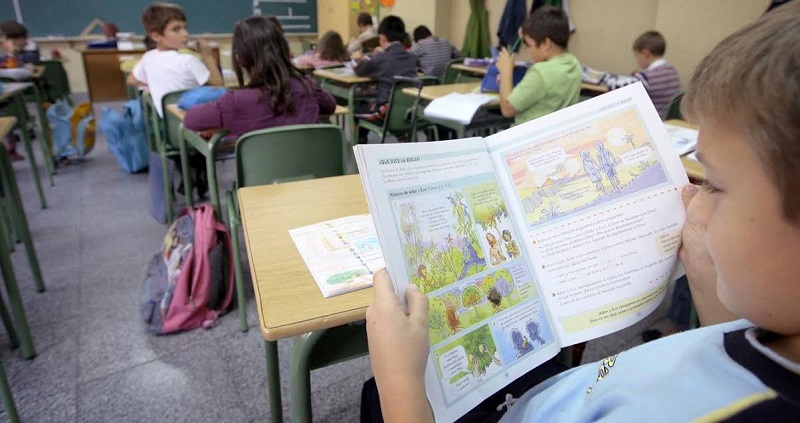
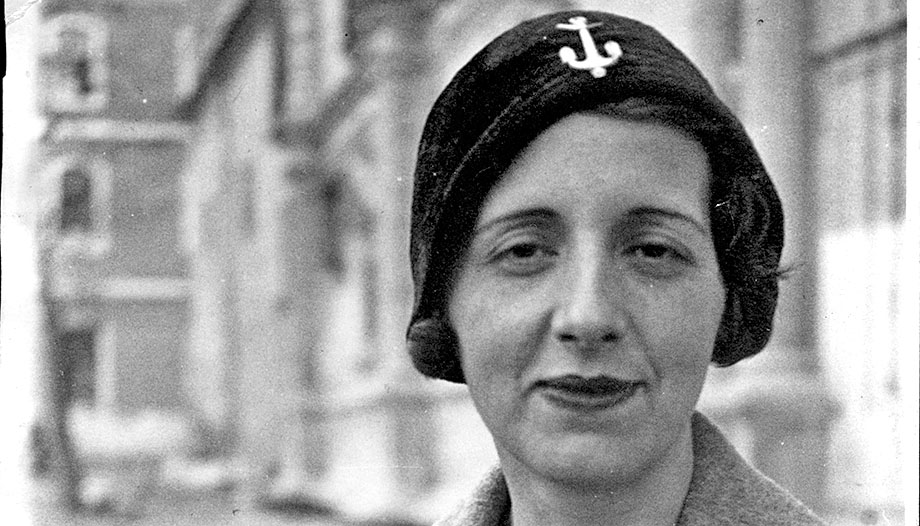
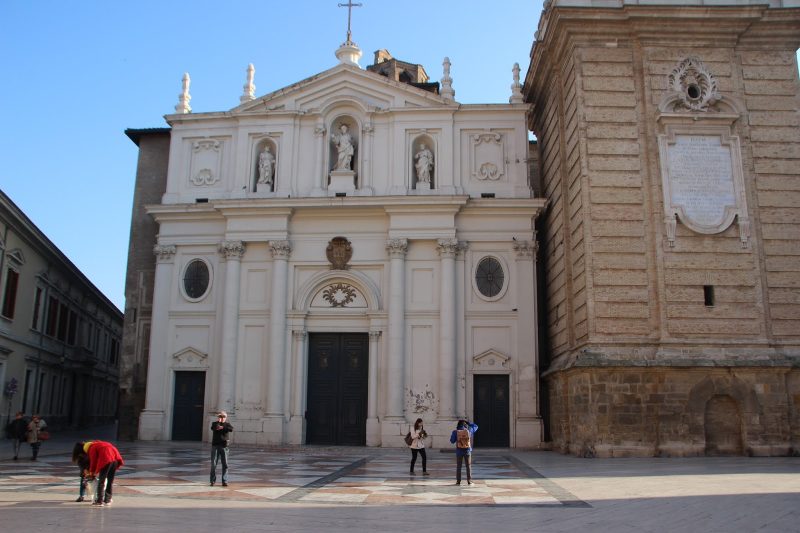
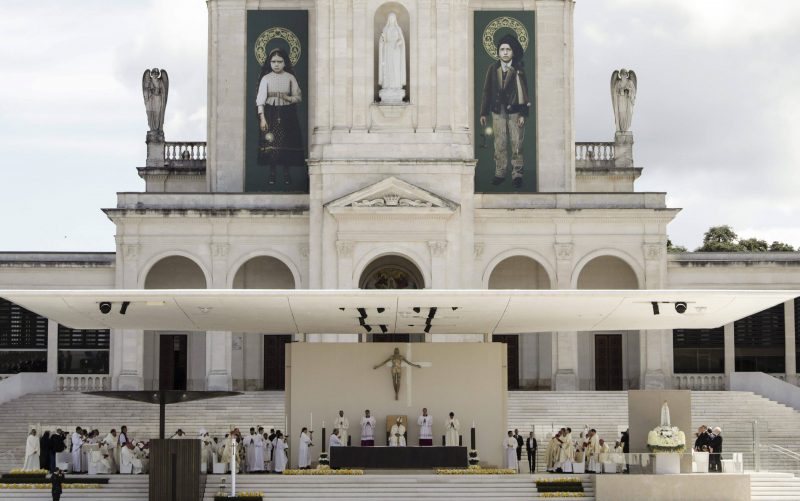
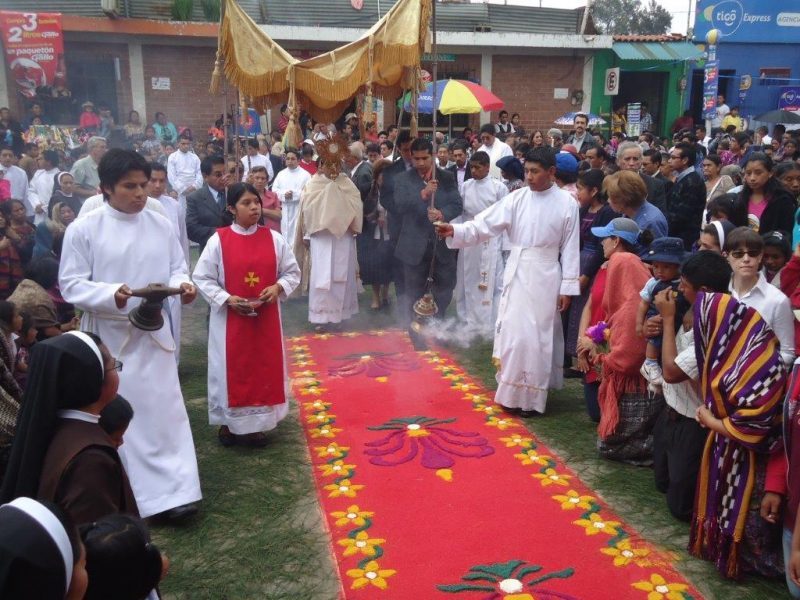


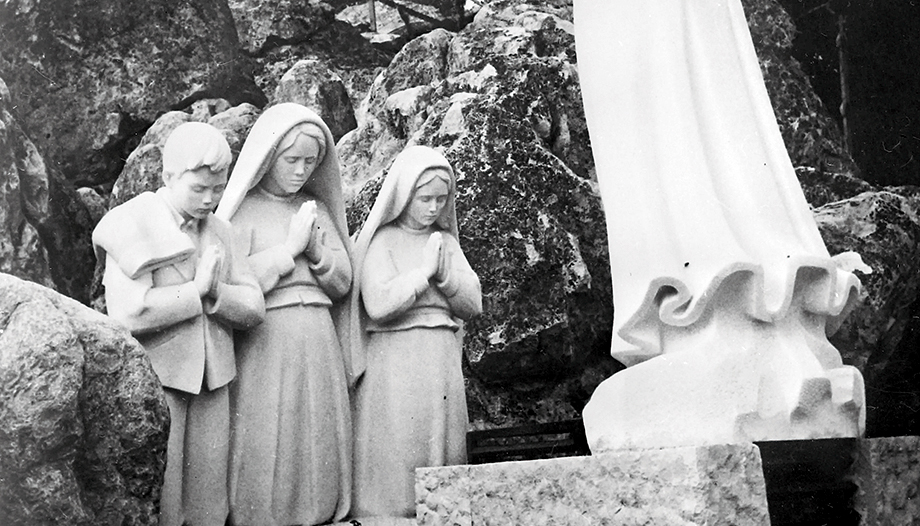

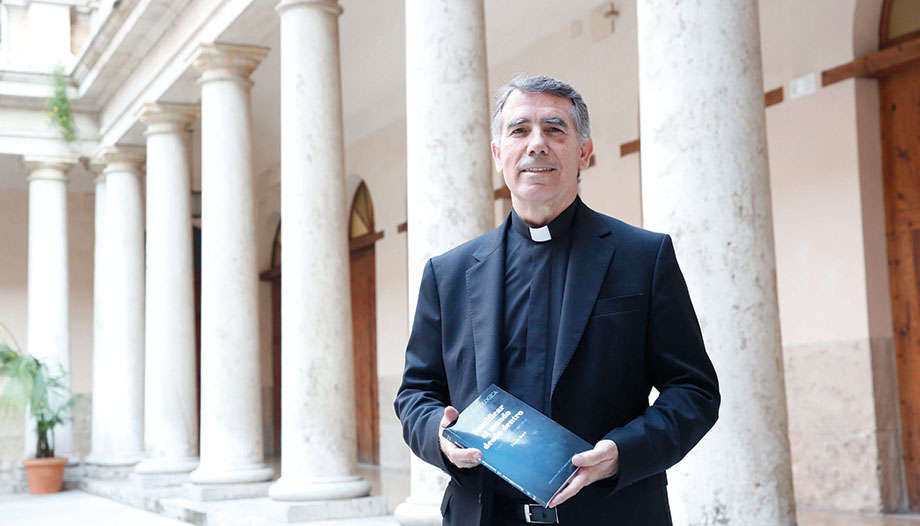


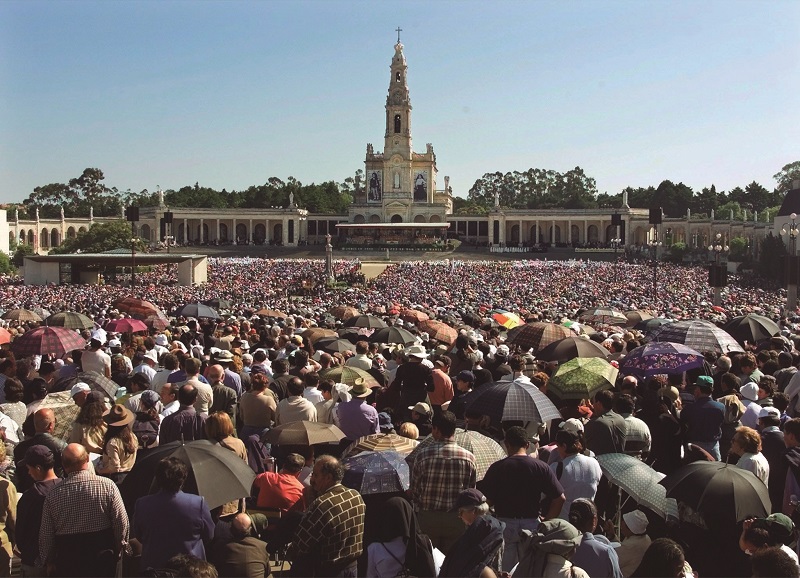
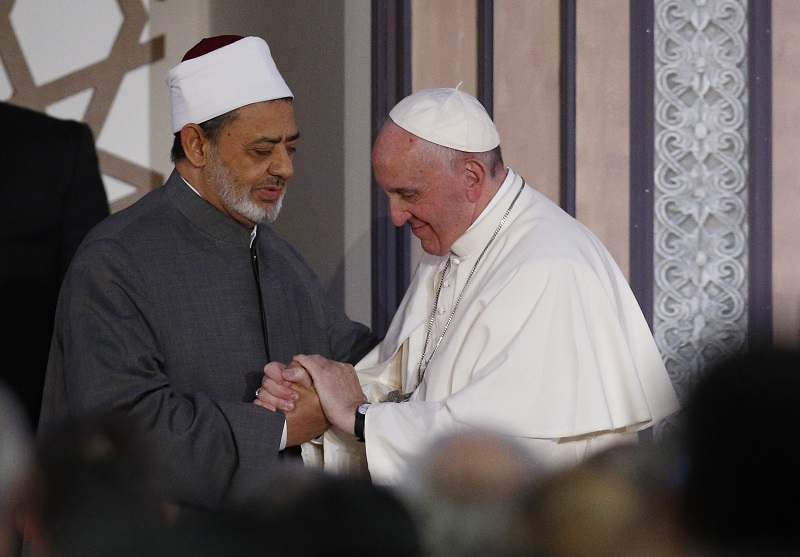
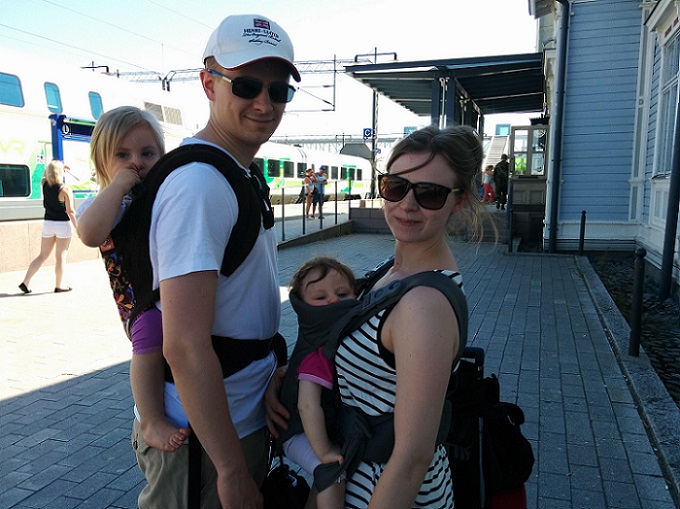
 "My path to the Catholic Church".
"My path to the Catholic Church".